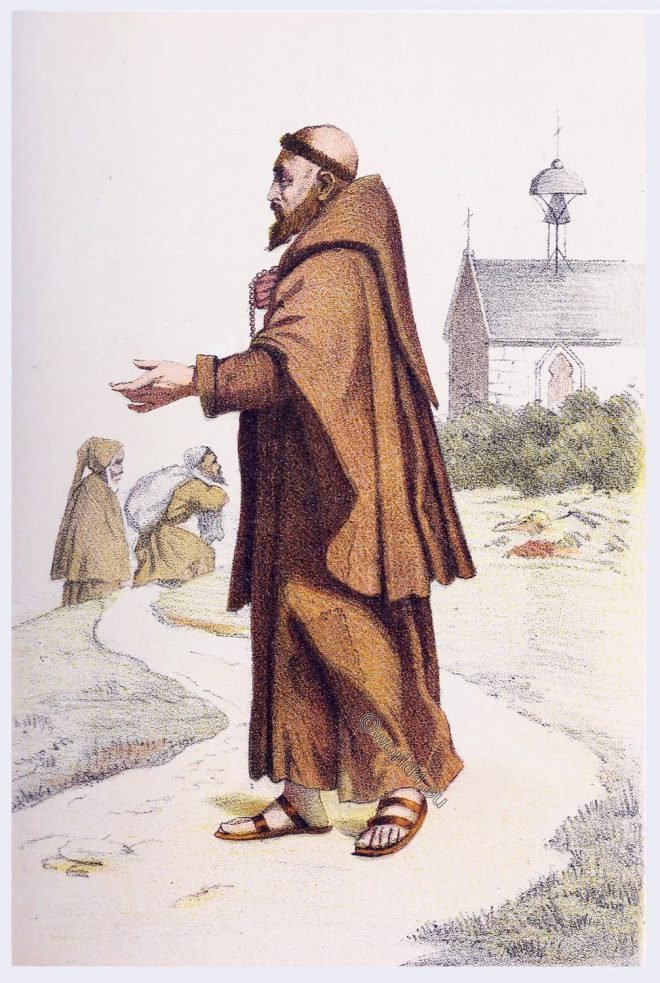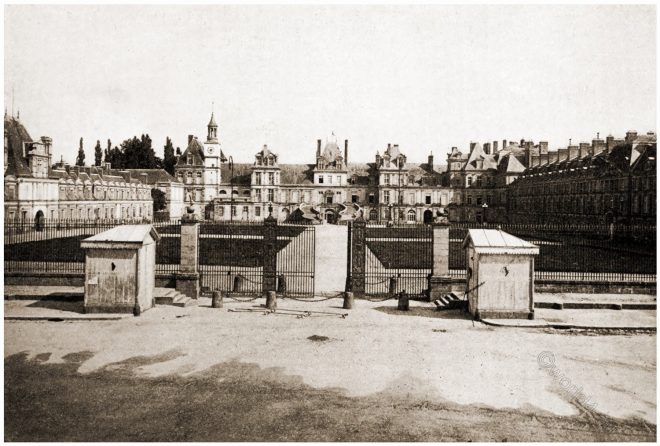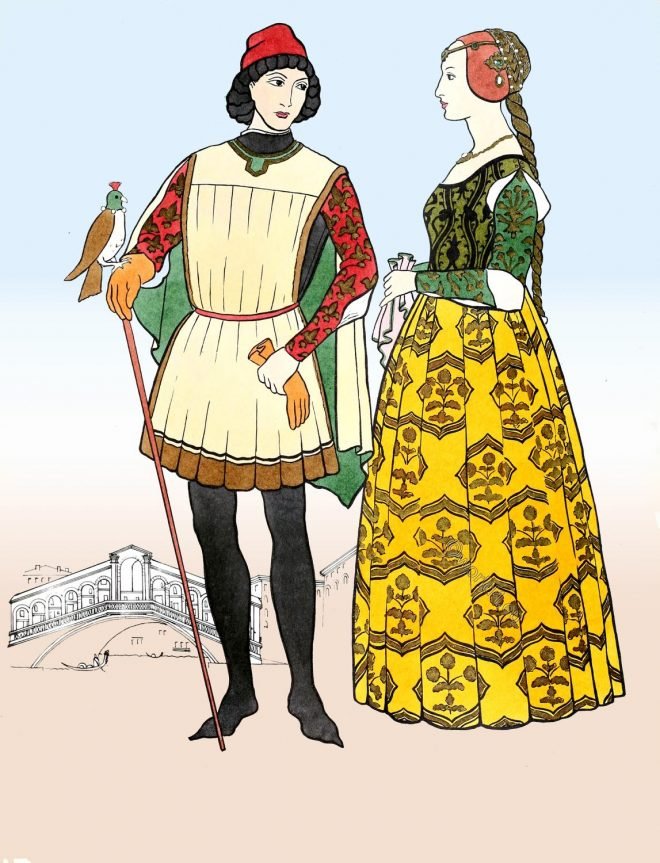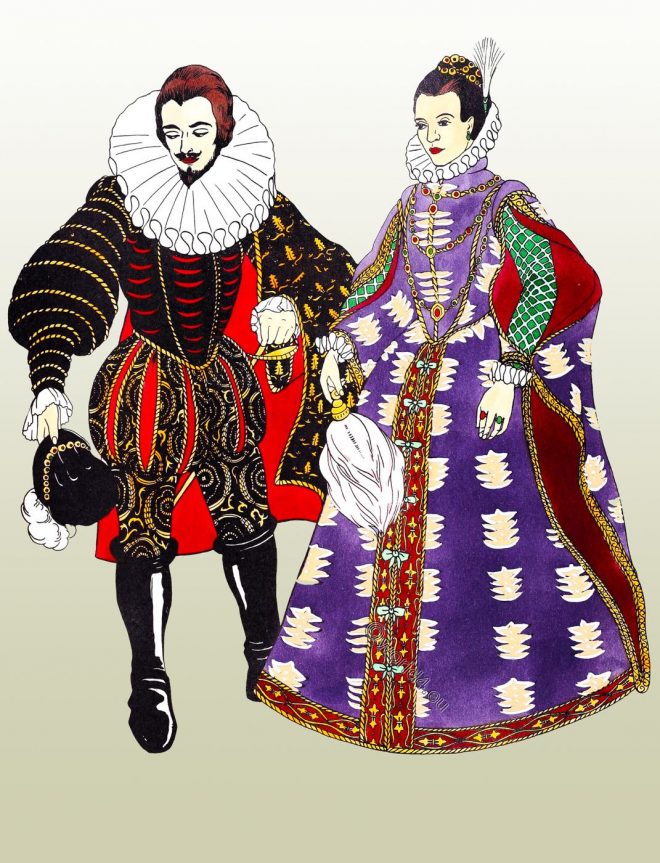Enameled Jewels with rubies, emeralds, pearls of the 16th century. Hippocamp, Sea-horse with with rubies and emeralds. Death’s Head in white enamel, on gold.
Category: 16th Century
Costumes and Fashion in 16th century. Renaissance, Spanish Fashion, Tudor.
The Vatican. St Damaso with the loggias of Bramante and Raphael.
The beautiful Loggias, or open corridors, rise in three stories one above the other, each exhibiting towards the East, towards the North, and towards the West.
The Capuchins. Habit of Capuchin Friars. The spread of the Order.
The Capuchins. Mathew de Bassi. Louis of Fossembrone. Exterior Persecutuins. Internal Troubles. Bernardine Ochino. Spread of the Order. Illustrious Members. Missions in America.
Table decoration. Goldsmith’s work of the Middle Ages.
THE Goldsmiths of the middle ages appear to have especially delighted in the construction of quaint decorations for the table.
Château de Fontainebleau, the Palace in the Forest
Fontainebleau reflects and preserves for us the glories of the gay and splendour-loving kings of France.
Historical tools of corporal punishment of earlier centuries.
Instruments of torture. Shame mask, thief catcher, thumbscrews, iron collar, branding iron. Middle Ages and modern times.
Italy 15th century. Typical Italian Renaissance woman’s ensemble.
Italy 15th century. Fashion from 1400 to 1500. Typical Italian Renaissance woman’s ensemble. The Cotehardie and houppelande.
Transitional Female costume. Elizabethan fashion 1550 to 1620.
Transitional Female costume between the Elizabethan and Charles I modes. Elizabethan fashion 1550 to 1620.
An Elizabethan man’s outfit. Woman wearing a Spanish farthingale.
The man and woman shown here are wearing typical ensembles of the Elizabethan era. The man is somewhat of a dandy. The woman is wearing a Spanish farthingale.
Feminine Elizabethan ensemble of the 16th c. England Tudor era.
The woman shown here might very well be the Queen herself.










